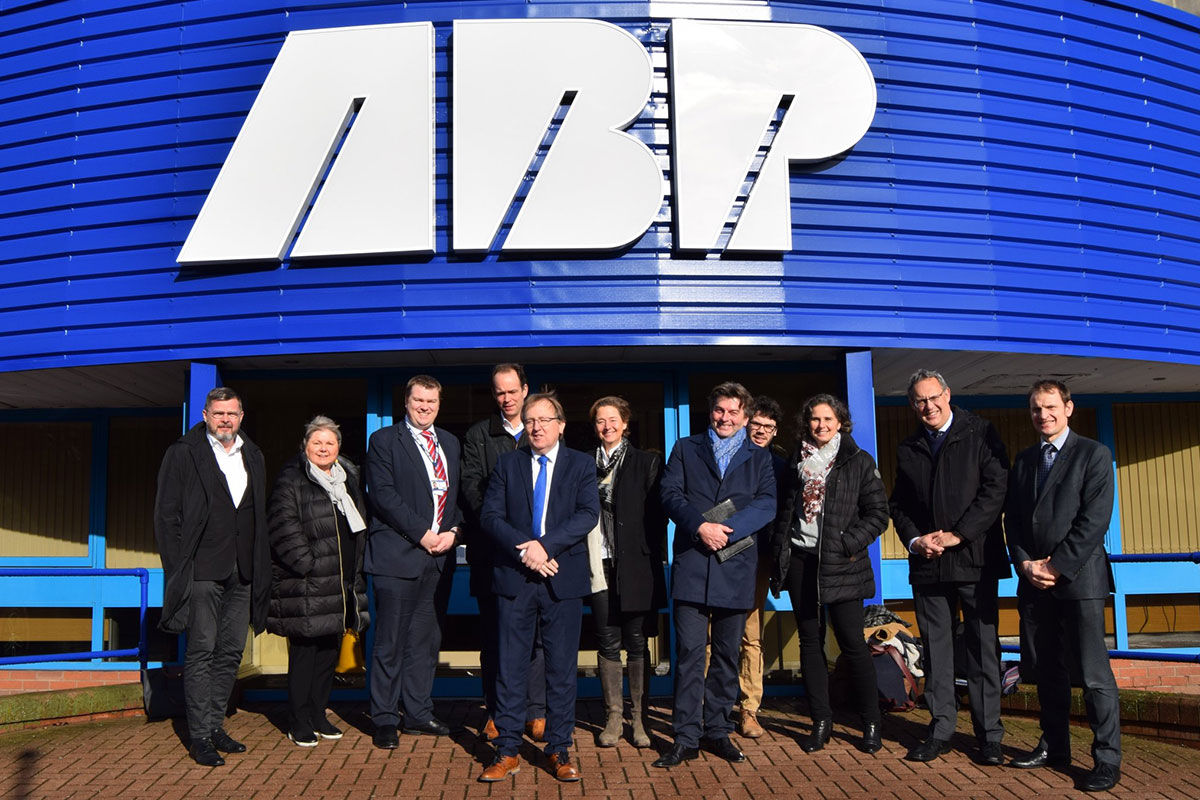7 March 2018
WindEurope Ports Platform visits Hull as ports take on expanded role in offshore wind

© ABP Humber
The WindEurope Ports Platform met recently in the Green Port of Hull. Together they discussed their 2018 Work Programme and visited the Port’s infrastructure, including the Siemens blade factory.
As part of the energy transformation, ports are expanding their operations to support offshore wind energy. Ports are playing a unique and increasingly sophisticated role in offshore wind projects, helping to drive cost reductions and efficiency.
In a rapidly expanding industry both in the number of projects and their technological dimensions, ports are continuously adapting their infrastructure to cater for ever larger components, bigger vessels and an increased number of activities. Their offer spans the entire life-cycle of assets, from installation to operation and maintenance (O&M). Ports are also spurring local and regional development by offering testing facilities, training centres and hosting warehouses, offices and operation centres for manufacturers, developers and the supply chain.
The Green Ports of Hull – where the Siemens blade factory has been operational since 2016 – is a good example of this. The manufacturing site has generated 1,000 direct jobs. On top of boosting local economic activity and jobs in the region, Siemens Gamesa Renewable Energy has engaged in a range of social initiatives to support the local community.
The factory has already produced blades for the Race Bank and Walney Extension offshore wind farms and will soon start supplying blades for the Hornsea I 1.2 GW project, the biggest project to have reached financial investment decision (FID) to date. Siemens has also been selected as the exclusive wind turbine supplier for the Hornsea II project, supplying 174 of its 8 MW turbines for what will be the world’s biggest offshore wind farm when commissioned in 2022. The factory can currently build up to nine blades a week. Once the construction chain is optimised, Siemens says that it will be able to increase this 12 a week.
Ports are a natural centre of industrial activity and development, bringing together knowledge, labour and capital to offshore wind energy. However, the early involvement of ports in the planning phase of projects is key to ensuring the industry benefits from the best value that ports can bring.
The Ports Platform will release a vision document at the Global Wind Summit this September. The vision will demonstrate the value proposition of ports and highlight the important role they will play in delivering the 70 GW of cumulative offshore wind installed capacity by 2030.

